 Milling machines come in sizes ranging from small to those requiring warehouse space to operate. Using a wide selection of tools, milling machines drill and carve into raw materials to create shapes and nearly finished products. They are able to drill holes, add threads for bolts or make precise shapes out of any solid material. Older machines relief on the machinist for precision while modern machines are controlled by computers to make very precise parts.
Milling machines come in sizes ranging from small to those requiring warehouse space to operate. Using a wide selection of tools, milling machines drill and carve into raw materials to create shapes and nearly finished products. They are able to drill holes, add threads for bolts or make precise shapes out of any solid material. Older machines relief on the machinist for precision while modern machines are controlled by computers to make very precise parts.
Milling Machines Come In Different Sizes
A milling machine has two main parts. The head holds the collets, which hold the tools used to mill the materials. The head moves up and down on the Z axis and the tools are spun by a motor. The motor is either a variable-speed motor, or a system of pulleys that is used to vary to the speed of the tool. The table moves on two axes, the X and Y. The table is manually moved by hand wheels across the X-Y plane to position the material under the head or move it against the cutting tool. Various tools are used for different types of cutting and for different materials. The drill is what most people would refer to as a drill but. It is held in the collet and the head lowered while the drill spins to drill a hole in the material being milled. A tap is a tool for cutting threads like those found in a nut. When a tap is used on a hole, a bold may be threaded into it. A mill is used to cut material through and around the work piece. Different sizes and types are used for different purposes.
Modern Milling Machines Are Computer-Controlled
A CNC mill (computer numerically controlled), makes precise parts with little intervention by the operator. Precise measuring instruments and special motors called stepping motors move the head and table, choose tools and machine the parts to precise dimensions that are hard or time-consuming to do manually. It will still be operated by a trained machinist to ensure that the machine operates correctly, s properly set up, and has the necessary tools to perform the task. Programming may be done manually at a computer terminal, at the machine itself or come from computer-aided manufacturing software in conjunction with computer-aided design software. A machinist follows a blueprint to program the computer or make parts. By choosing tools and performing various operations, he machines a blank piece of material into a precision part within the tolerances allowed. Precision operations with tolerances of 0.005 inches are common, while 0.0001 or 0.0002 inches are also possible. Knowing which tools will best perform each task is a large part of being a good machinist, making it important to choose a reputable machining San Jose CA company.
Milling Machines Can Make Customized Parts
Car engine blocks are first cast from aluminum or steel, and then precisely machined on a mill. The engine head is also milled before assembly, along with the pistons, valves and camshaft. Some of the customized accessories used on milling machines are milled by the machinist himself for a specific task. Parts do not have to be large and heavy to be milled; many small, precision parts are made with milling machining San Jose CA.
